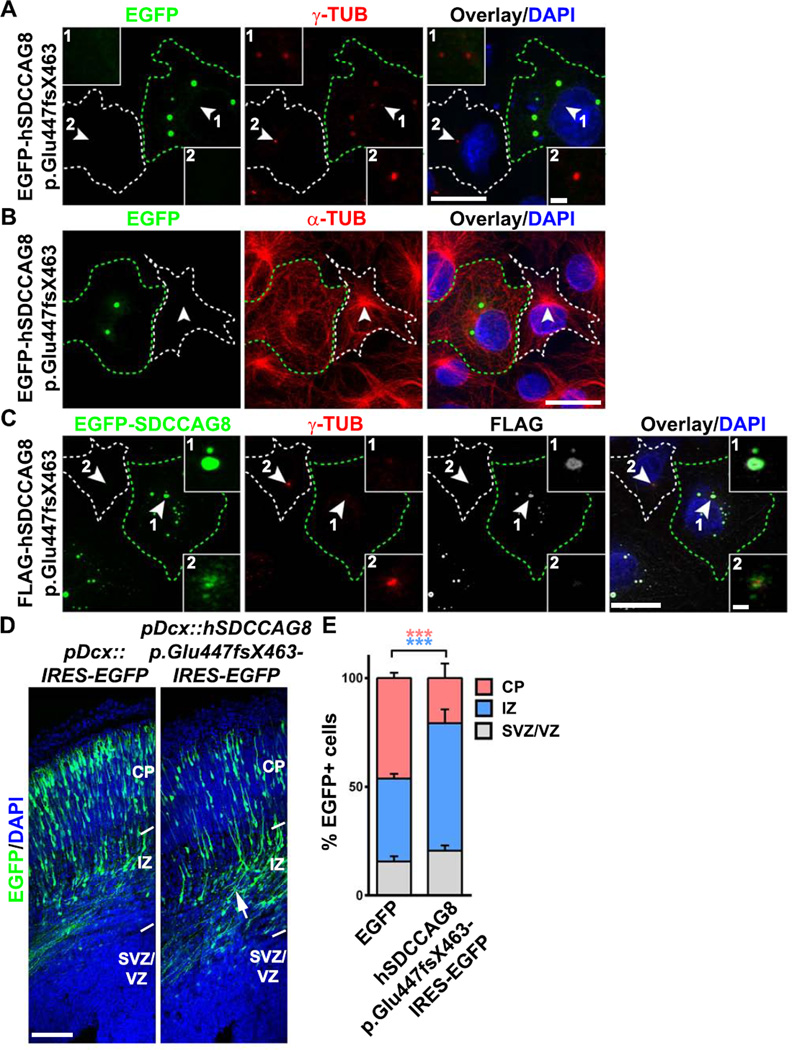Figure 8. Expression of human SDCCAG8 truncation mutant disrupts PCM recruitment, MT organization and neuronal migration.
(A, B) Representative images of COS7 cells expressing EGFP-hSDCCAG8 p.Glu447fsx463 (green) stained for γ-TUB (A) or α-TUB (red) and with DAPI (blue). Arrowheads indicate the centrosome. Green broken lines indicate the cell expressing EGFP-hSDCCAG8 p.Glu447fsx463 (cell 1) and white broken lines indicate a nearby non-transfected cell (cell 2). High magnification images of the centrosomal region are shown in the inset. Scale bars: 20 µm and 2 µm. (C) Representative images of COS7 cells expressing FLAG-hSDCCAG8 p.Glu447fsx463 (white) and EGFP-SDCCAG8 (green) stained for γ-TUB (red) and with DAPI (blue). Arrowheads indicate the centrosomes. Green broken lines indicate the transfected cell (cell 1) and white broken lines indicate the nearby non-transfected cell (cell 2). High magnification images of the centrosomal region are shown in the inset. Scale bars: 20 µm and 2 µm. (D) Representative images of E16.5 cortices electroporated with EGFP (left) or hSDCCAG8 p.Glu447fsx463/EGFP (right) (green) under the control of the Dcx promoter at E13.5 stained with DAPI (blue). Arrow indicates the accumulation of cells expressing hSDCCAG8 p.Glu447fsx463 in the IZ. Scale bar: 100 µm. (E) Quantification of the distribution of EGFP+ cells in different regions of the developing cortex. Data are presented as mean ± s.e.m. (EGFP, n = 2,241 cells; hSDCCAG8 p.Glu447fsX463, n = 1,826 cells; five brains for each condition). ***, p<0.001.

